How do I determine the correct tyre pressure?
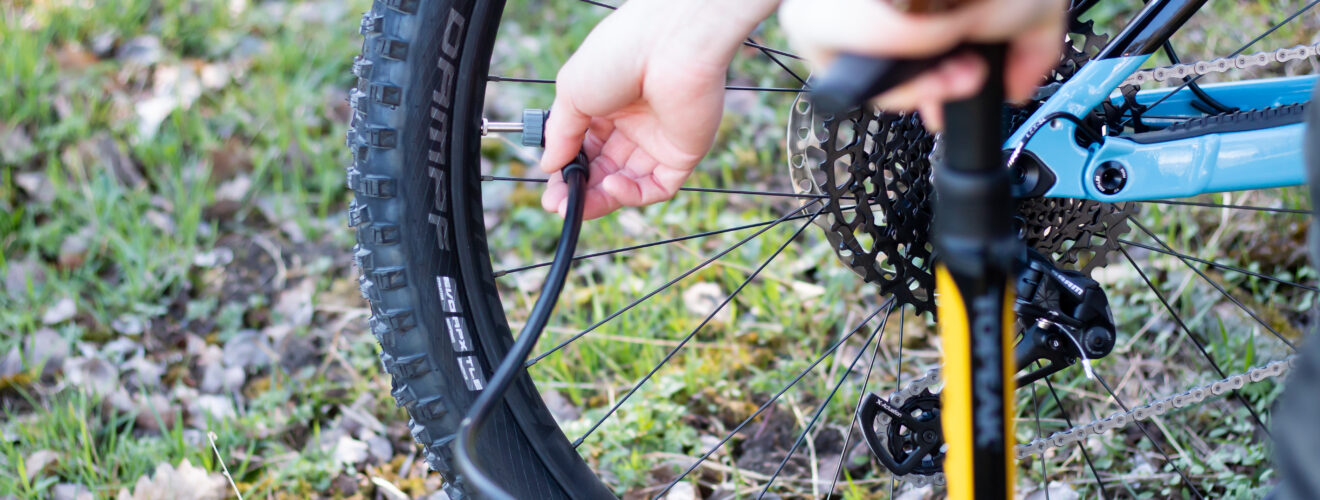
Check the tyre pressure of your bicycle regularly (approx. every 4 weeks for normal use and daily for sporty riding). If you find it difficult to reach your desired speed or if riding is strenuous, it is time to inflate the inner tube. The recommended tyre pressure can be found on the sidewall of the tyre (PSI, pounds per square inch or in bar).
Every bike needs a different tyre pressure!
Wider tyres require less pressure than narrower tyres. Here are approximate guidelines you can follow (based on a rider weight of about 75 kg):
- Road bike(25 – 28 mm tyre width): approx. 6 – 7.5 bar
- Mountainbike (55 – 60 mm tyre width): approx. 2 – 3.5 bar
- Trekking or city bike(35 – 50 mm tyre width): 3 – 4.5 bar
Note:
Pound per square inch or PSI (American unit of measurement) can simply be divided by 14.5 to obtain the European unit of measurement in bar.
Adjust the pressure to the surface. For cobblestones, reduce the pressure and for asphalt, use more pressure. In wet conditions, for example, you should reduce the tyre pressure by approx. 0.5 bar. Furthermore, for each kilogram of additional weight, approx. 1 % more pressure should be applied to the tyre, and a little more pressure should be applied to the rear tyre, as it is subjected to more stress than the front tyre.
The bicycle pump – the helper in a pinch
Universal pumps (with pressure gauge) with which all three types of valves are compatible are best. Adapters are available for French and standard valves so that you can fill your tyres at petrol stations. Only the old plastic pumps can be used exclusively for the standard valve. Be sure to follow the manufacturer’s instructions when mounting and inflating the tyre so that nothing can go wrong. If the tyre can be pushed in a little by hand, you have inflated it sufficiently. This way you can check the approximate pressure even without a pressure gauge.
CO2 pumps – when every second counts
If you are in a hurry when you have a flat tyre, e.g. on a racing bike, you can pack a co2 pump (CO2 inflator). Using a CO2 aluminium cartridge (carbon dioxide), the tyre is inflated with high pressure and the journey can continue. This little helper is light and cheap to buy. There are different designs but the principle is the same. The inserted cartridge is screwed in and pierced with a mandrel (like a cream dispenser).
The pump is now ready for use. There are 12 g, 16 g and 25 g cartridges. A 16 g cartridge is sufficient to inflate a tyre to 6 – 7 bar within seconds. If the cartridge is not completely empty, you can use it again. The empty cartridge cannot be refilled and ends up in the household waste. When using the pump, make sure that it is correctly attached to the valve. If this is not the case, it may backfire and you will waste precious air.
Advantages of the CO2 pump:
- All types of tyres can be inflated
- Environmentally friendly
- Inexpensive CO2 cartridges from the beverage trade are compatible
- A full cartridge can be used several times
- Does not react with sealants
Disadvantages of the CO2 pump :
- Empty cartridges cannot be refilled.
- The cartridge gets very cold during use due to the pressure.
- In case of improper use, the gas can empty or flow out next to the valve.
- Before removing the cartridge, it must be completely emptied.
Do I need valve caps?
One has some, another doesn’t, another has none at the back and only some at the front. What’s going on? There are heated discussions in bicycle forums about whether you need them or not. Ultralight specialists would say, get rid of the parts – save weight (about 2 g). Bicycle valves are built so that dirt and wetness should not be a problem. Of course, a valve cap would protect against dirt and possibly slow down the air leakage in case of a valve defect, but we don’t want to create or solidify theories here. You could say that valve caps are a matter of taste! If you want extra protection, you have them – the purist leaves them out. The decision is yours.
Do I need the valve lock nut?
The situation is similar with the valve knurled nut on the valve spigot as it is with the valve caps. Opinions differ as to whether you need them or not. There are cycling colleagues who have been riding for more than 20 years without a nut and have never noticed a problem. You even save time when changing the tube because you don’t have to unscrew the nut first. Of course, you also save weight and it could be that a built-in valve-spigot nut could prevent the hose from undesired movement. In the event of a flat tyre, the valve can slip into the rim without the nut and make inflation difficult or even cause the valve to tear off. But so can a nut that is too tight. You see, too many cooks spoil the broth and there is much to argue about. A matter of taste is a matter of taste and theories remain theories.
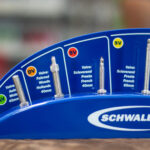
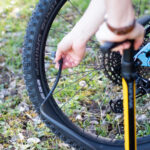


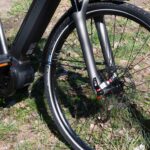
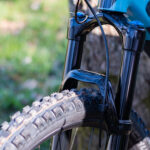


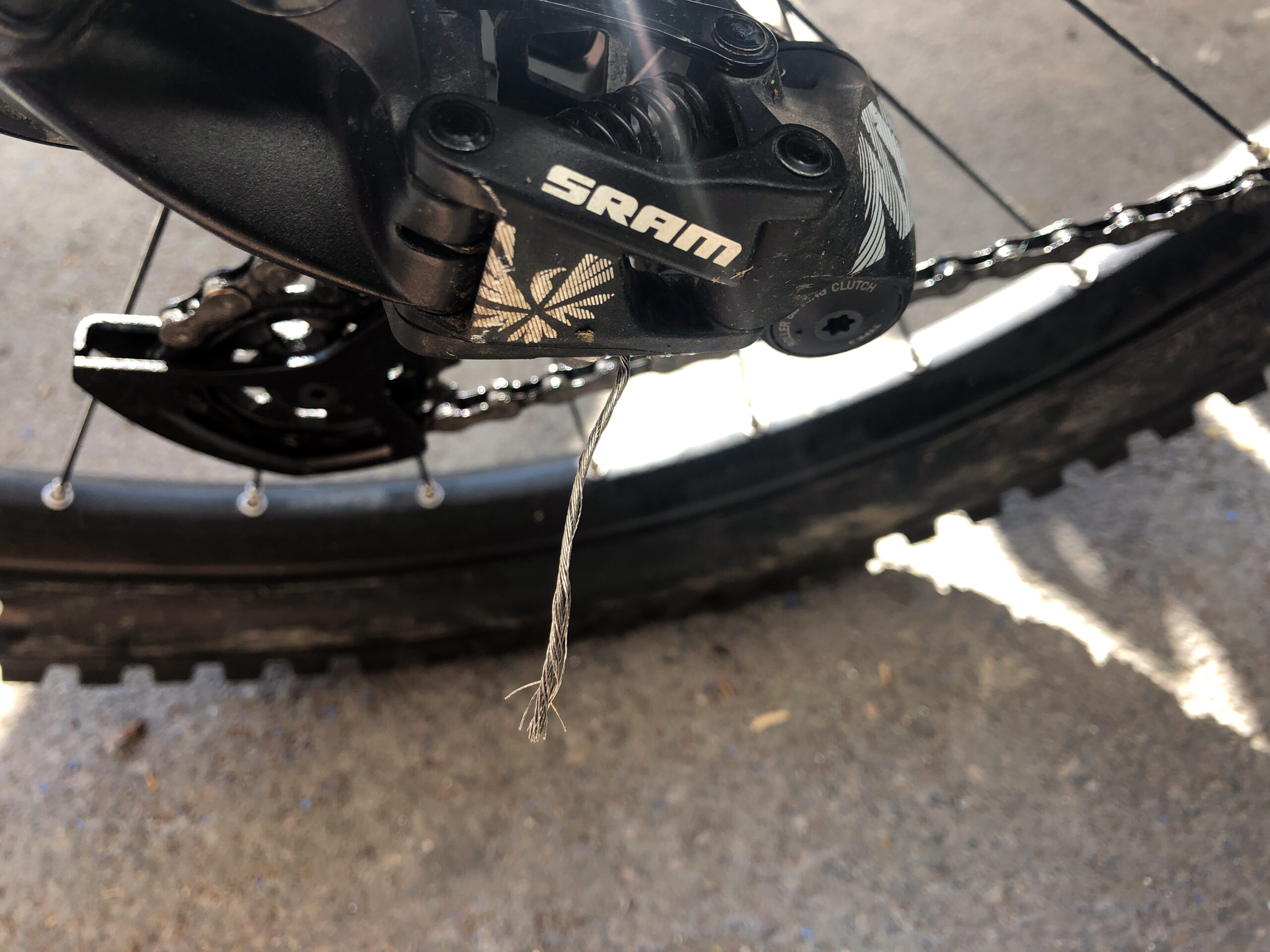
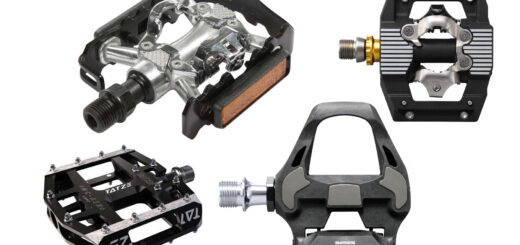
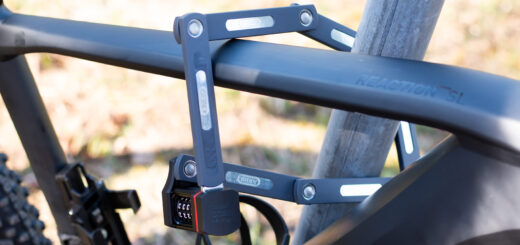








Recent Comments